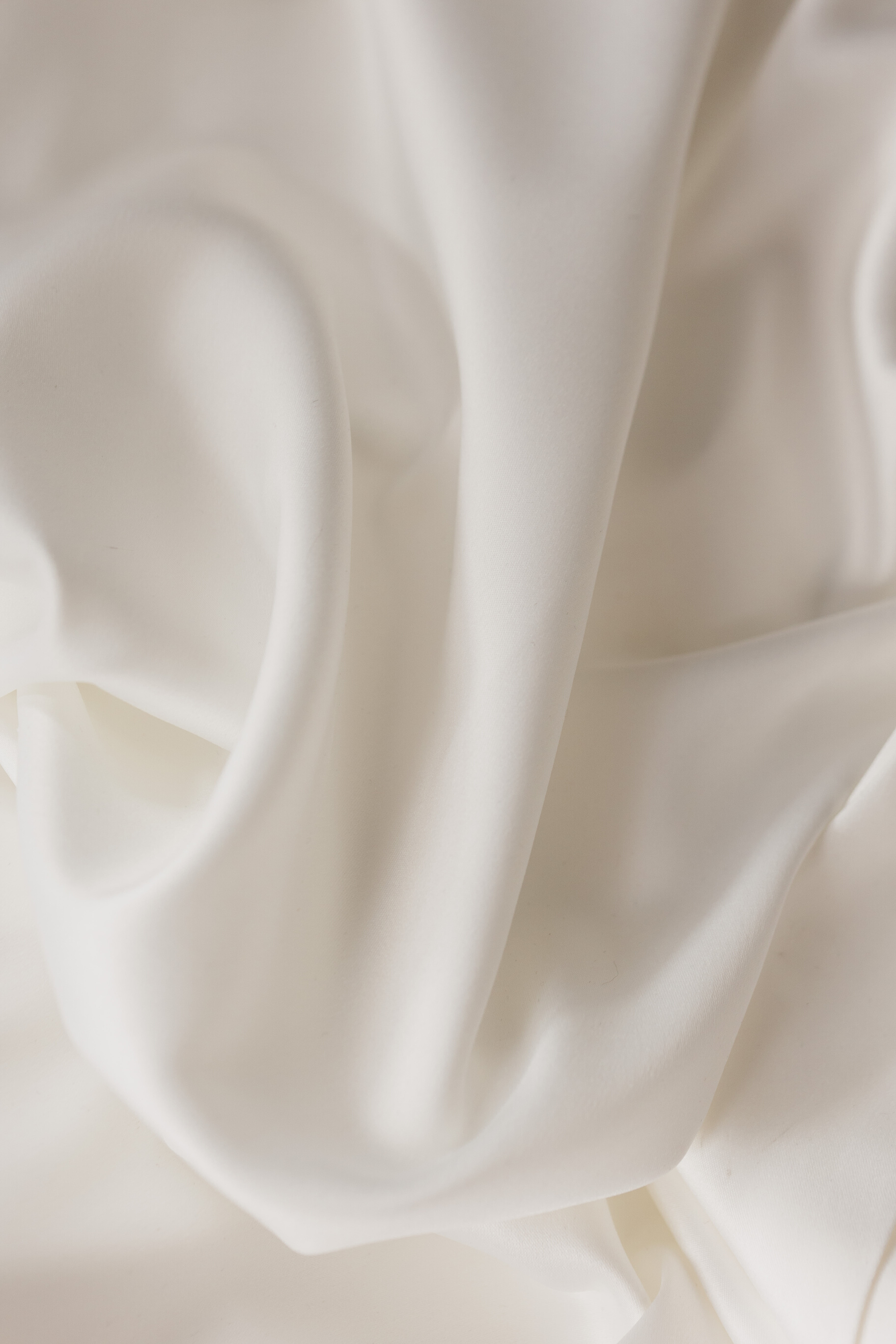

Lunar New Year: Lesson Plan
Suitable for Years 7 and above
Year of the Rabbit


WHAT IS LUNAR NEW YEAR?
Lunar New Year celebrates the beginning of a new year on the traditional lunisolar Chinese calendar. It takes place around January and February every year. Explain to your students that it's almost Lunar New Year (or in China, Chinese New Year) and that today's lesson is going to explore this.
Establish your student's prior knowledge by asking the following questions. This can also be used as a prediction task.
- What does the word ‘lunar’ mean? (moon)
- What and when is Lunar New Year? (it changes each year, around Jan/Feb as it is based on the lunar calendar)
- Who celebrates it? (people living in, or with heritage from many Asian countries)
- How is it celebrated? (lots of different ways, eating special foods, decorating homes and community areas with red, and letting off fireworks)
Watch 'How is Chinese New Year Celebrated?' and 7 Things to Know About the Lunar New Year’ videos below:

YEAR OF THE RABBIT
The animal years are defined in order by a Chinese myth called ‘The Great Race’. According to this myth, the rabbit came fourth in a race set by the Jade Emperor.
Compare this version of the legend to another version that is commonly told, “The Great Race.” The myth behind the Chinese Zodiac
Look at the following years, identify which ‘animal’ students in the class are:
2023/2011 Rabbit , 2022/2010 Tiger, 2021/2009 Ox, 2020/2008 Rat, 2019/2007 Pig, 2018/2006 Dog, 2017/2005 Rooster, 2028/2016 Monkey, 2027/2015 Goat, 2026/2014 Horse, 2025/2013 Snake, 2024/2012 Dragon
WHO CELEBRATES IT?
Many Asian countries celebrate Lunar New Year. Each does so in their own unique and special way. The wider Asian diaspora also celebrates it.
Watch the video to learn more about the countries that celebrate Lunar New Year:
Students (individually, in pairs or in small groups) read How do different Countries Celebrate Lunar New Year? Draw and complete a Venn Diagram with similarities and differences between the countries.
CHINESE LUNAR NEW YEAR ACTIVITIES TO DO AT SCHOOL OR AT HOME!
Dumplings are a traditional food made together as a family, then eaten and enjoyed together during the holiday.
- Try making dumplings yourself using Meg’s Global Learning Recipe Cards.
https://megvault.com/chinese-recipe-cards
Red lanterns are hung around the streets, in public places and in people’s courtyards or gardens for decoration at Lunar New Year.
- Try making your own red lanterns using Meg’s Global Learning Arts and Crafts cards.
The character 'Fu' symbolises luck, but it is traditional to place the character upside down. This symbolizes luck 'pouring down' or 'arriving'. An upside-down ‘fu’ character placed in a public space like your front door is believed to invite luck in.
- Print out this colouring in page for students to decorate however they wish, or for ambitious students; to practice writing the character. When completed, display the finished worksheets on your classroom door for good luck!
Extension: The Lunar Calendar
In the Gregorian calendar, which is the most widely used calendar in the world, New Years Day falls on Jan 1st every year. In the Lunar Calendar, New Year’s Day is the first new moon on the Lunisolar Calendar. The Lunar calendar is always 29 or 30 days. While the Chinese calendar is lunisolar, the Islamic calendar is purely lunar.
Watch the following video (0.00 - 1.15) to find out more:
Activity: Exploring the commonalities and differences of the Gregorian and Lunar Calendar
Instructions: Ask students to read these articles and watch the videos:
Lunar Time vs. Solar Time & Lunar New Year: Why the solar calendar actually rules our lives
Then, ask students to them fill out a Venn diagram using the information they have learnt about Gregorian and Lunar Calendars. Have students discuss their answers with a partner and provide them with the correct information where necessary.